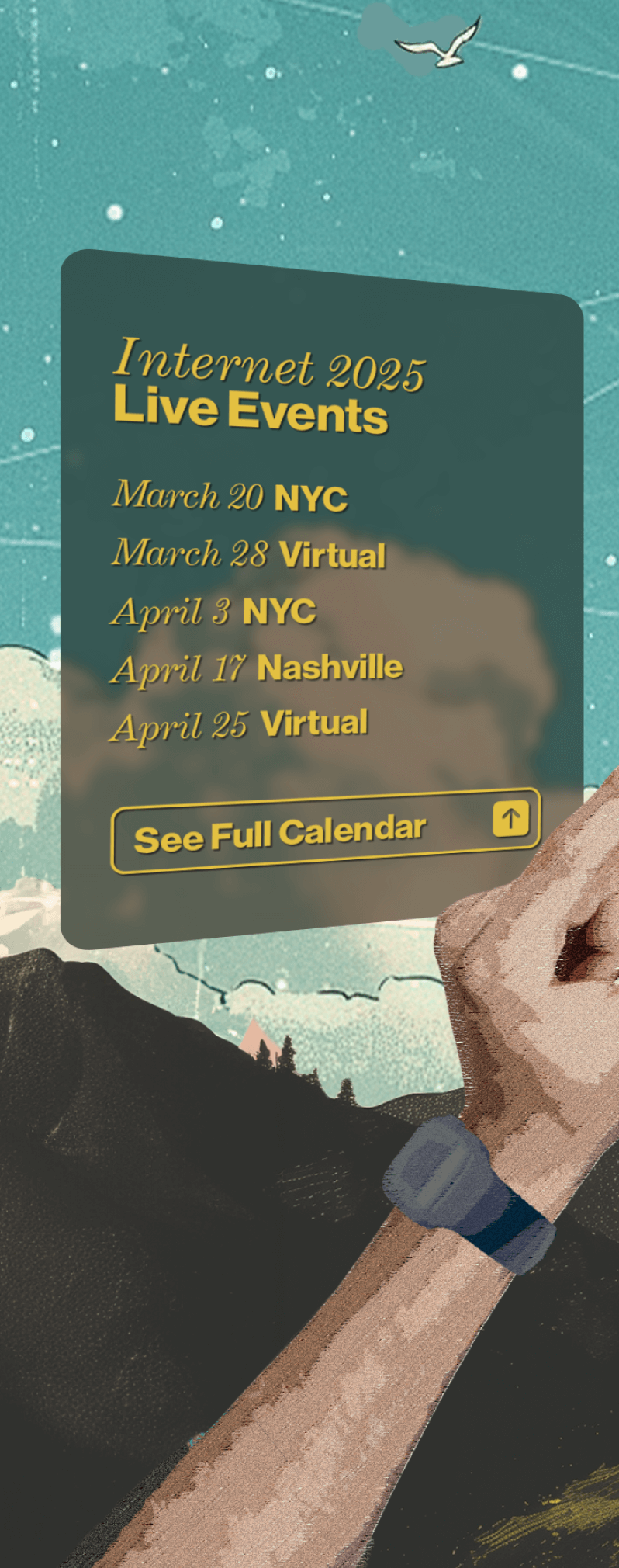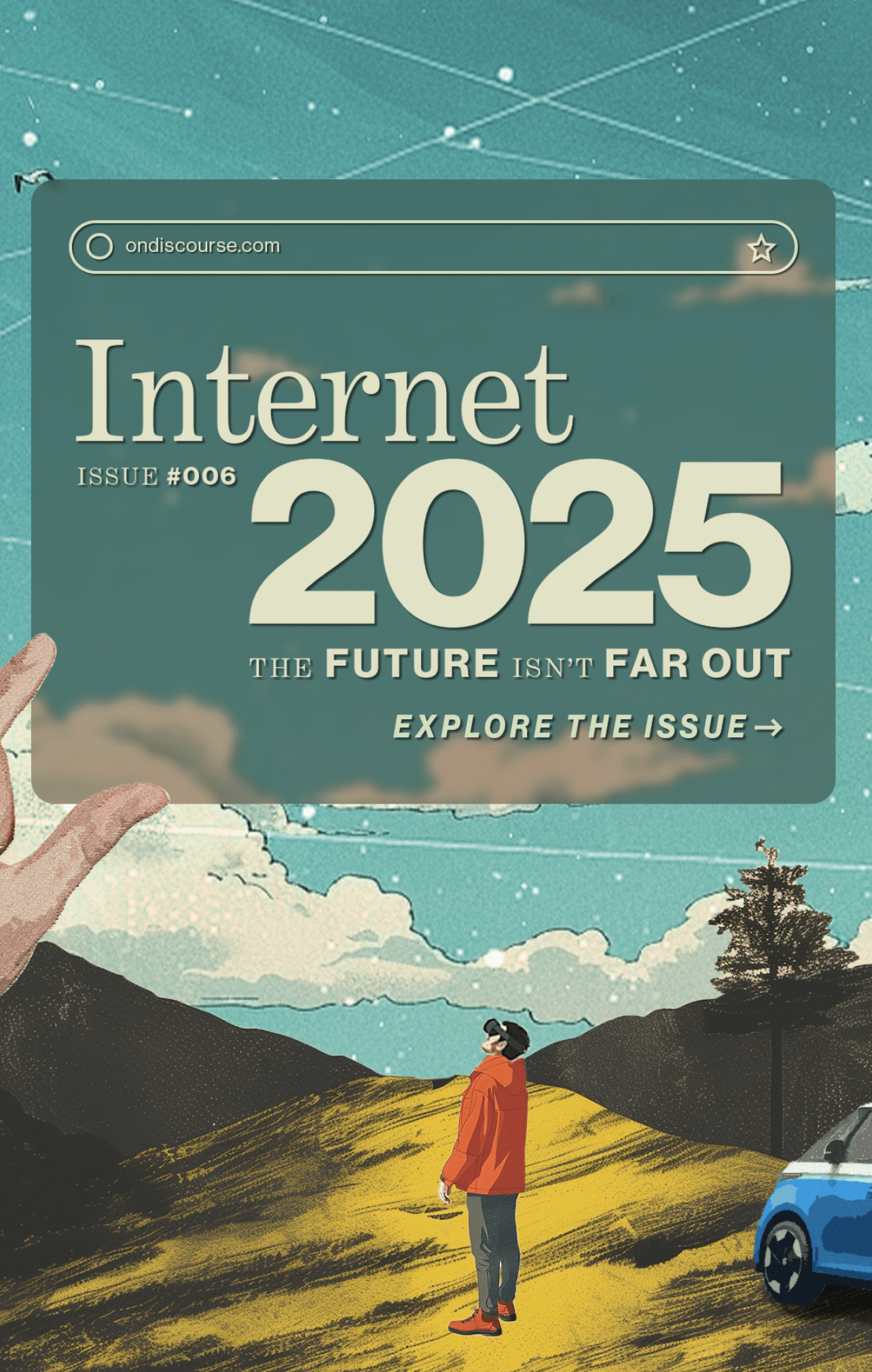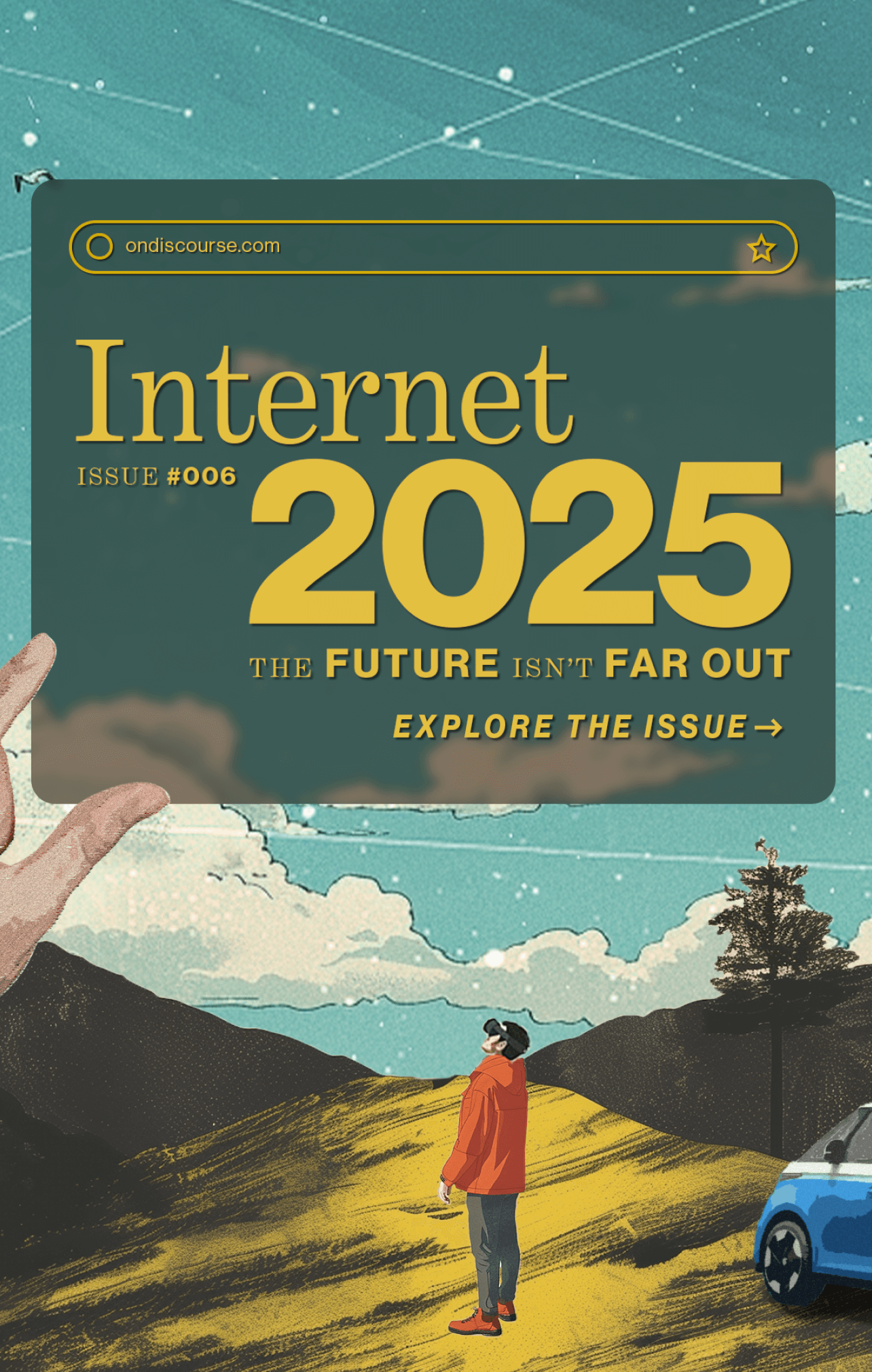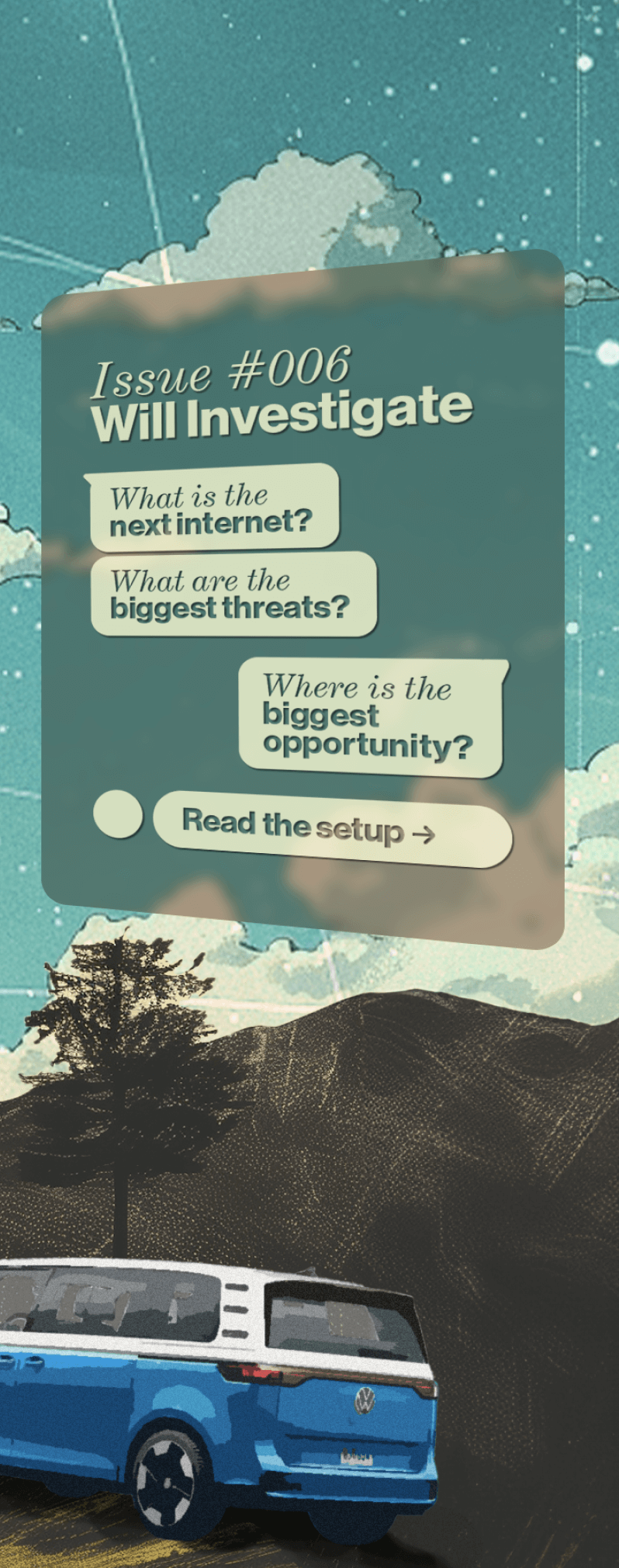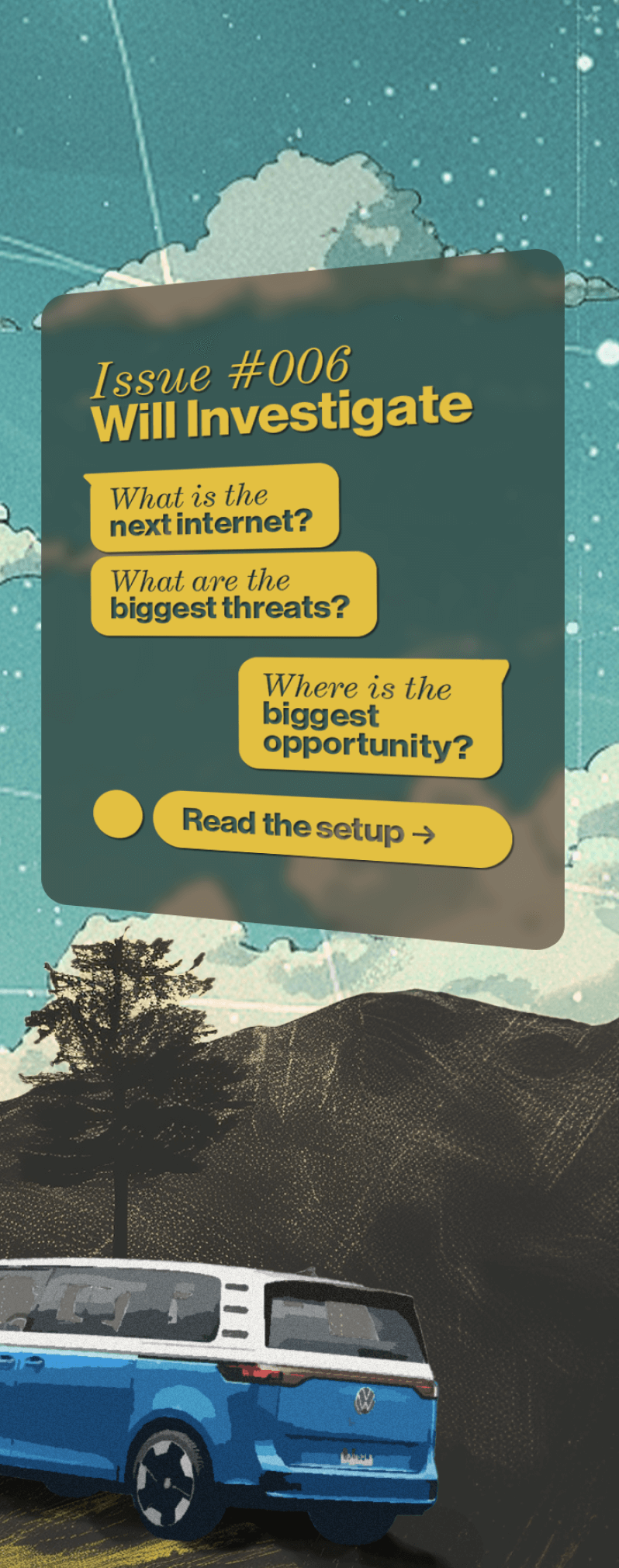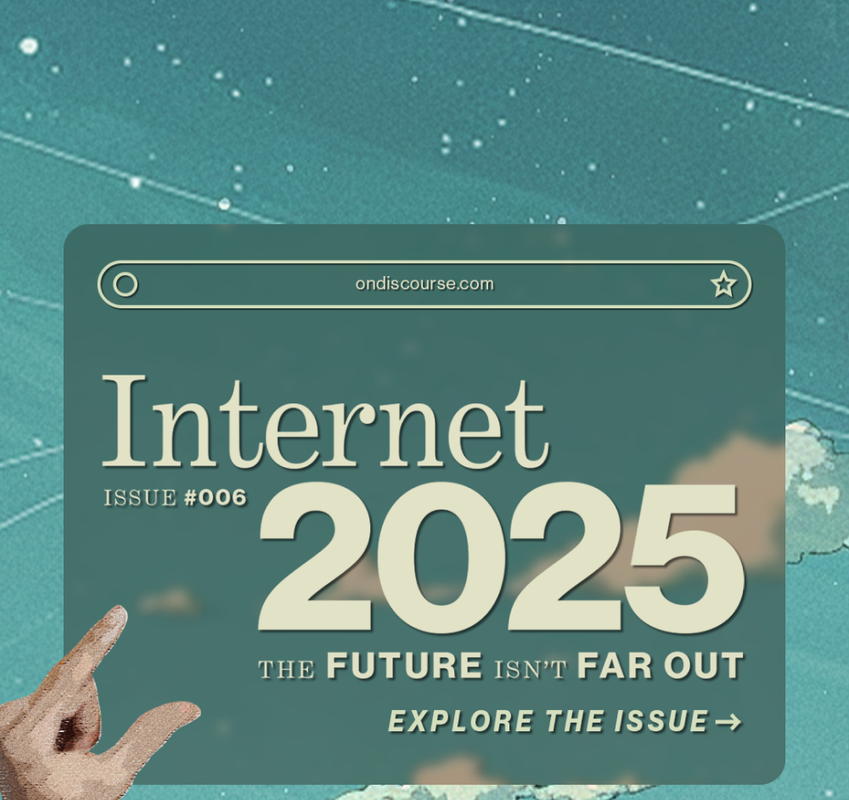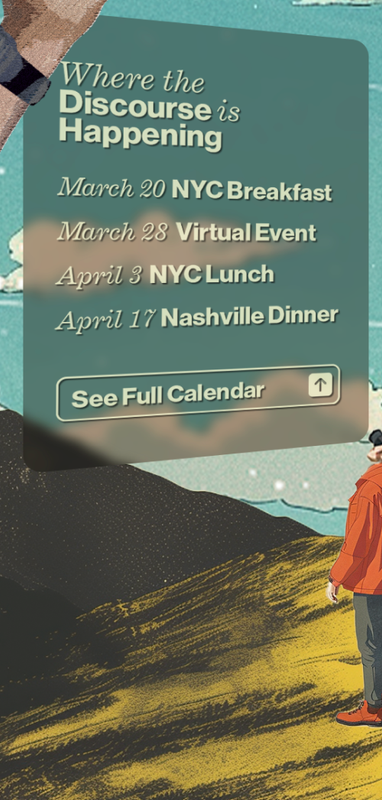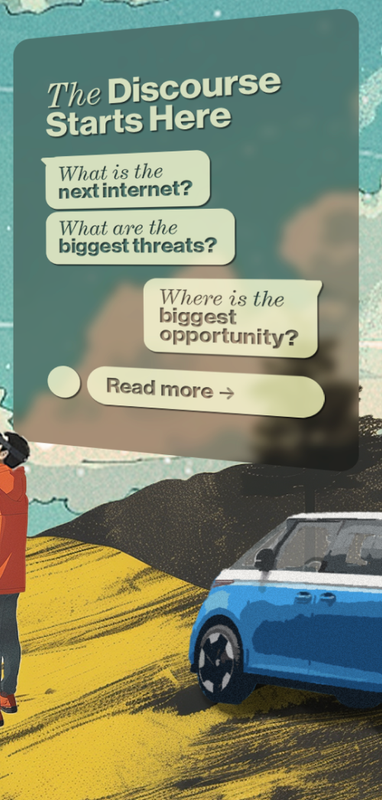Superformats
Will
Save Media

in the
New Internet
Editor’s note: A new model for media is taking shape right in front of our eyes. What does it look like? That’s where it gets a little complicated. As you can see in this post, the ongoing disruption is real but the way it ultimately shakes out cannot be accurately predicted. Nevertheless, this post lays out a compelling case that media will be revitalized in 2025. Stay tuned for more follow ups on this front.
This post was written by a human and narrated by an AI-generated voice. (powered by Wondercraft.ai).
The ad-sponsored media model is dying. Good riddance. This system propagated the worst traits of an inefficient (and dumb) economic model: placing annoying ads on top of unnecessary articles to chase after search traffic. It is hard to imagine a more self-destructive system. A new model is emerging, but the specifics of it are not yet clear.
Substack Started It
Substack sparked a half-step towards a new model. It demonstrated that individual creator voices delivering quality content can drive revenue, but not necessarily scale. The key building block of this success was the direct relationship between creators and audiences. The surge of newsletter subscriptions hinted at a long festering demand.
Content alone will not sustain subscription revenue, nor can it really define the underlying relationship.
The key problem to overcome, however, was the content. Content alone will not sustain subscription revenue, nor can it really define the underlying relationship. This novel system was a start in search of a next step. Consumers need more direct value and all these creators could offer was another email.
LLMs Will Shape It
The next step came with the rise of LLMs and other generative systems. These systems convert bytes to bits and repackage them into customized, personalized experiences. Now the creator/audience relationship has a jolt of relevance. The traditional content formats – the articles, emails, podcasts, etc – that contain all of the context and information are now able to be collected, recalled, and repurposed to fulfill multiple consumer needs. On top of that, the delivery mechanism is now centered around context-rich moments. Rather than passively receiving emails, these systems respond to consumer prompts.
Introducing Superformats
I am calling this real-time development of personalized content packages the “superformat.” This system can translate and execute differing consumer signals into a more direct value-exchange. Consumer signals that hint at buying can be met with CTAs to purchase (with affiliate deals). Signals to learn more can drive to lean back consumption (with relevant sponsorships). And following developing stories can result in predictable consumption habits that are valuable for brands.
If the traditional article page is a glass, the superformat is the water in it. Internet 2025 is when the glass breaks and the water spills out.
One thing you will notice about a superformat is that it is deliberately amorphous. It is the anti-snowfall, in the sense that its shape and production are determined by the context of the user, not the requirements of the advertiser, publisher, or even the product designer. It is easier to understand the essence of a superformat than it is to imagine what one looks like. If the traditional article page is a glass, the superformat is the water in it. Internet 2025 is when the glass breaks and the water spills out.
A New Kind of Media Model
Once you accept the atomization of content, the rest is easier to follow. The old order that held things together in silos can no longer hold. My vision for this new system is still taking shape so I can only paint a generalized picture: individual creator voices will partner and merge their audiences in decentralized touchpoints. They will organize more around psychographic traits than topic verticals or geographic locations. The makeup of these businesses will look different than conventional publications, but stories and storytelling will still be the essential lubricant that keeps the value flowing for all parties.
Once you accept the atomization of content, the rest is easier to follow.
The change that is coming is going to be big, but that does not call for doomerism or pessimism. There is a habit to over-interpret sensational stories about AI disrupting industries and jobs. The market is still open to those that are willing to adapt and to more closely connect with the needs of their audiences. Throw away the conventions and just deliver the goods.


